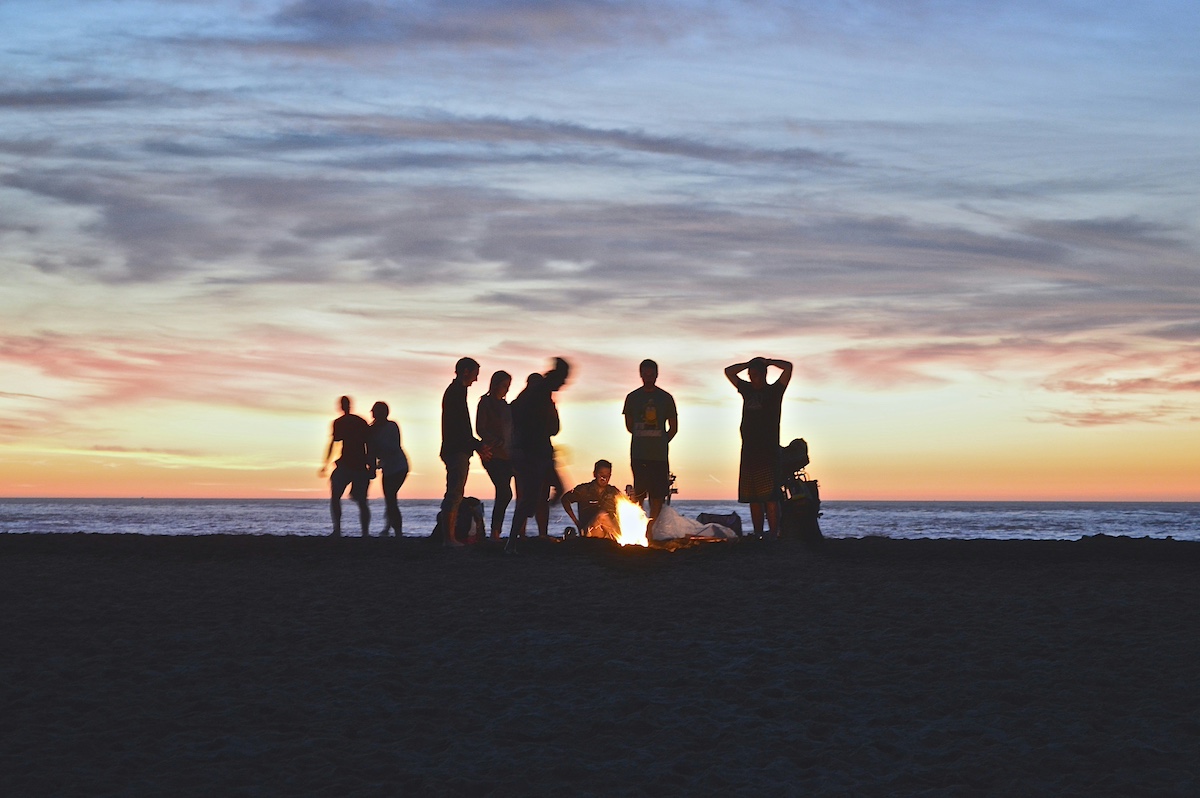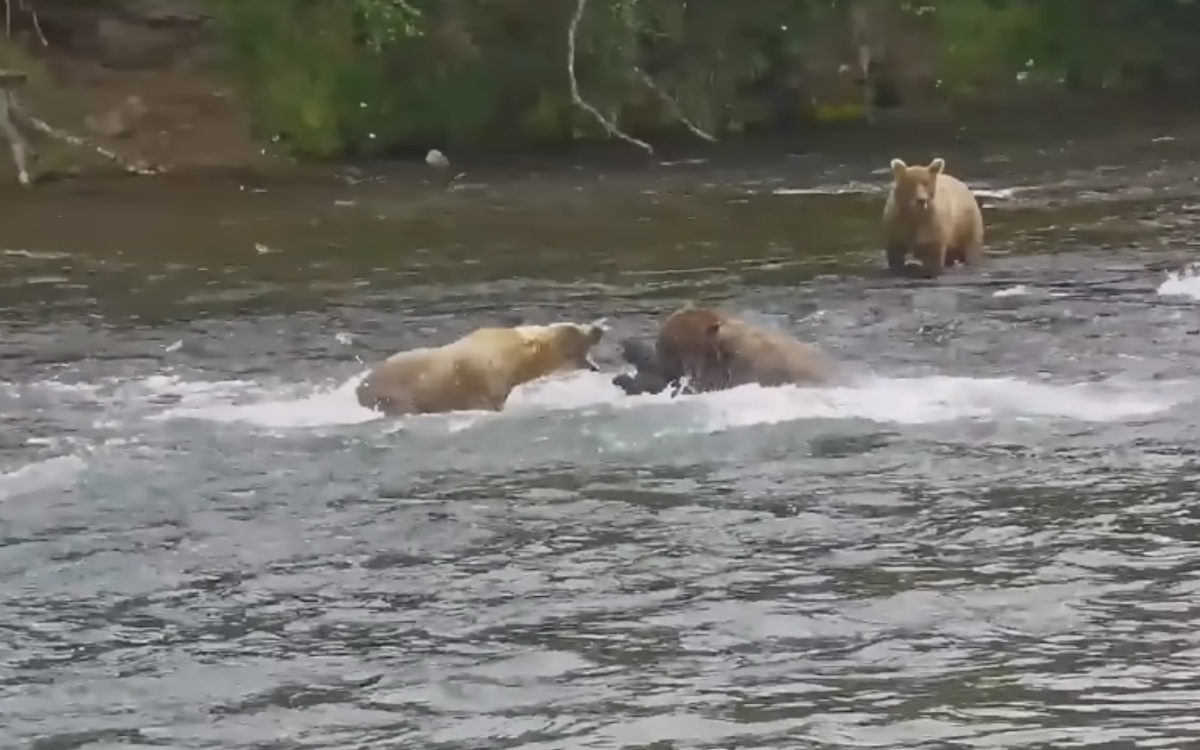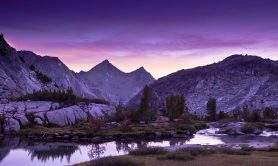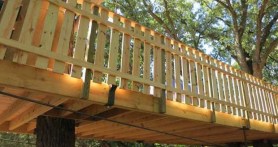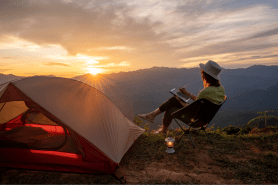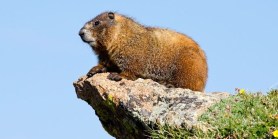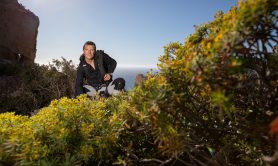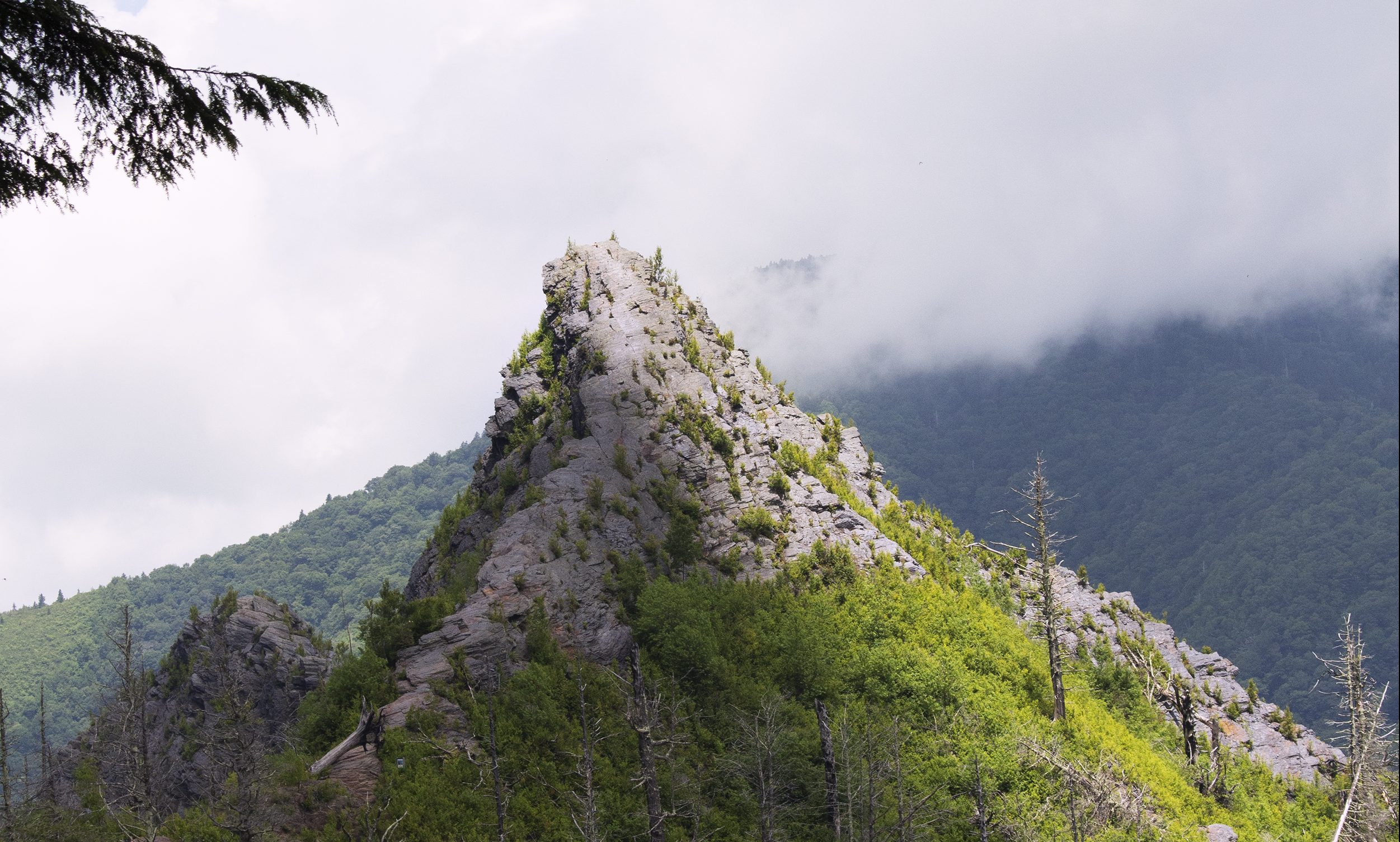

America’s national parks, which filmmaker Ken Burns called the country’s best idea, draw millions of visitors every year.
Videos by Outdoors with Bear Grylls
The National Park Service, or NPS, is the federal agency that oversees hundreds of national parks, historical parks, historical sites, monuments, memorials, military sites, battlefield sites, recreation areas, lakeshores, seashores, preserves, parkways and more, all of which are open to the public for exploration, appreciation and recreation.
The diversity of the units in the National Park system is dizzying — and can provide a lifetime of learning. Here’s what you need to know before you visit a park.
1. A national park may be close to home

The words “national park” may conjure up mental images of a breathtaking rust-colored canyons, stark frozen tundra or craggy mountain ranges far from the cities and suburbia many Americans call home.
“When you talk about visiting a national park, right away people’s minds go to the big destination vacations,” says NPS spokesperson Kathy Kupper. “And certainly they are bucket-list places to go and we recommend everybody visit them. But we also want to remind people that there are more than 400 national parks.”
Every state in the union has at least one NPS unit. (Fun fact: In 2015, Delaware became the last state to get one, ironically, First State National Historical Park.) Additionally, sites are found in several U.S. territories and, of course, Washington, D.C., much of which—including the White House—is under NPS jurisdiction.
Indeed, you can visit numerous sites in and near other cities, including New York, Philadelphia, Atlanta, New Orleans and Los Angeles.
“[The parks are] closer than many people realize,” Kupper says. “We certainly encourage them to take advantage of these close-to-home opportunities to enjoy history, nature, recreation.”
2. Most parks are free
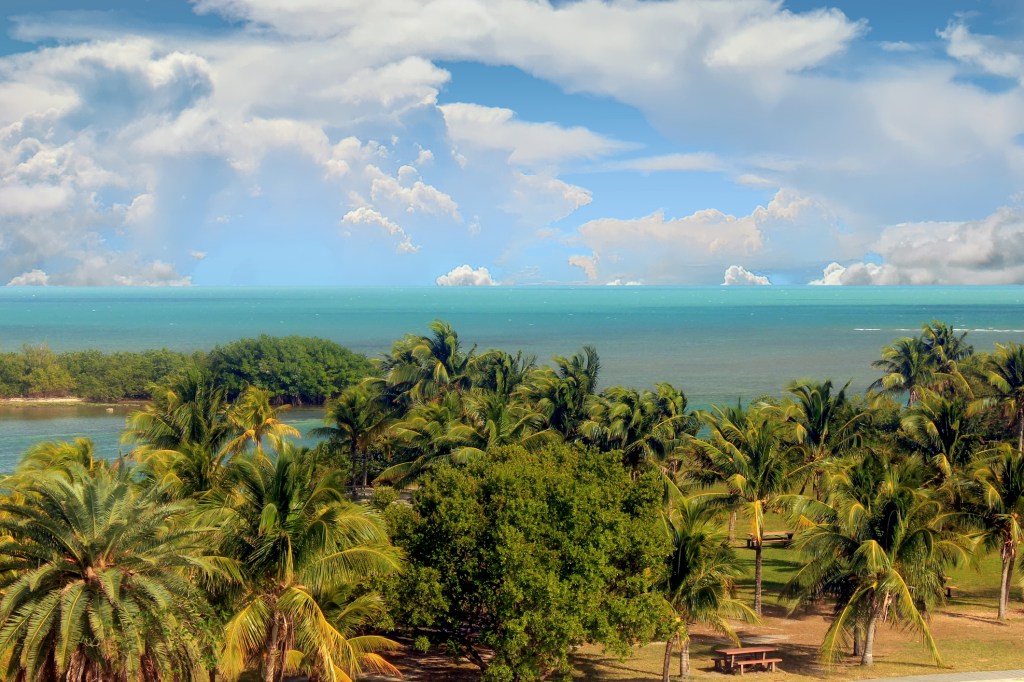
About a quarter of the national park units—109 in total—have entrance or parking fees. However, the vast majority of NPS sites are free to visit. Eight of the major national parks require reservations during peak visiting seasons at the most popular NPS destinations.
“[The others] are free, so they’re really great places to go and spend a couple of hours,” Kupper says. “Whether you’re just going to relax or picnic or take a stroll or engage in other forms of recreation or visit a historical site or just enjoy the landscape, there are so many opportunities.”
Furthermore, if you plan to frequently visit NPS sites that have an entrance fee, purchasing the America the Beautiful lands pass could pay for itself, depending how much you use it. The pass is valid at hundreds of sites managed by the National Park Service, U.S. Fish and Wildlife Service, Bureau of Land Management, Bureau of Reclamation, U.S. Forest Service and U.S. Army Corps of Engineers.
“Money collected from entrance fees stays in the Park Service and is used to enhance the visitor experience,” Kupper says. “So it might mean putting up exhibits outside or funding different programs, building a picnic area, improving a campground—things like that.”
The National Park Service also waives entrance fees on several days every year, so if you’re looking to visit on the cheap (and don’t mind crowds), that’s an option.
3. Getting too close to wildlife is against the law
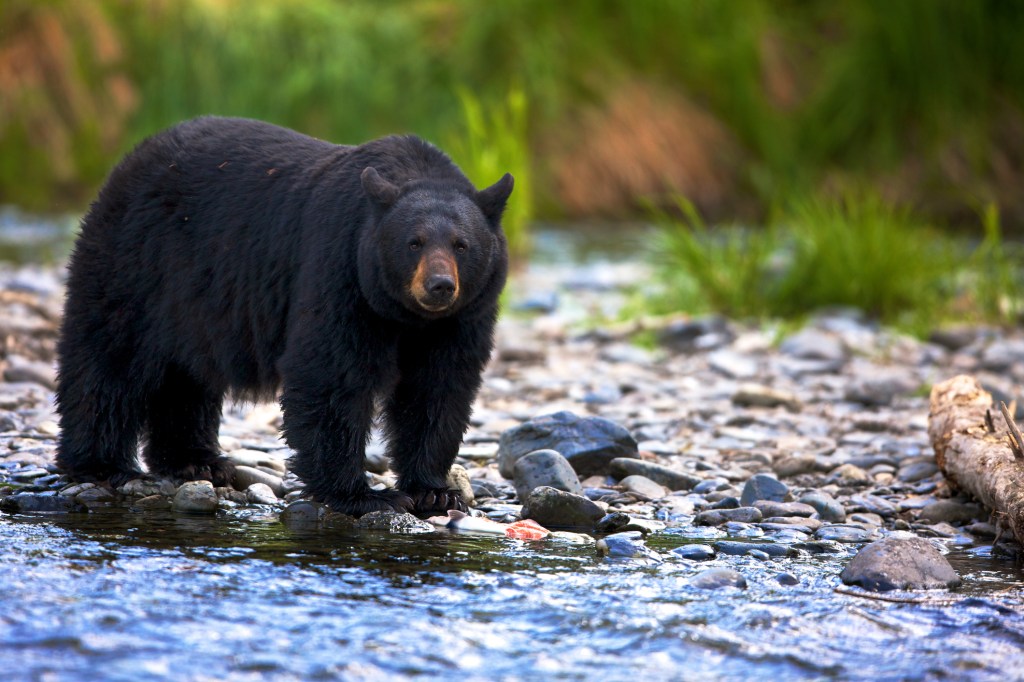
Wildlife is of course a big draw for national parks. But you’ll want to keep your distance for your safety and theirs. For example, bison have been known to charge at visitors who try to get too close.
“It’s thrilling to see wildlife in their natural habitat but we need to respect them and not disturb them,” Kupper says. “Every time we do something that impacts their natural movement—if they’re reacting to us, that means we’re too close to them.”
Note that federal law protects many species, and touching them, or even getting too close, can be considered harassment under federal law. So admire America’s majestic fauna from a safe distance.
Visitors also need to respect the flora, natural landscapes and history of the lands.
“We all have this shared responsibility to care for these public lands and to work to preserve and protect them so that others can enjoy it, and not just now but long into the future,” Kupper says. “These places are special and they are important to us as they reflect us as a society.”
4. No drones allowed—and photography may require permits
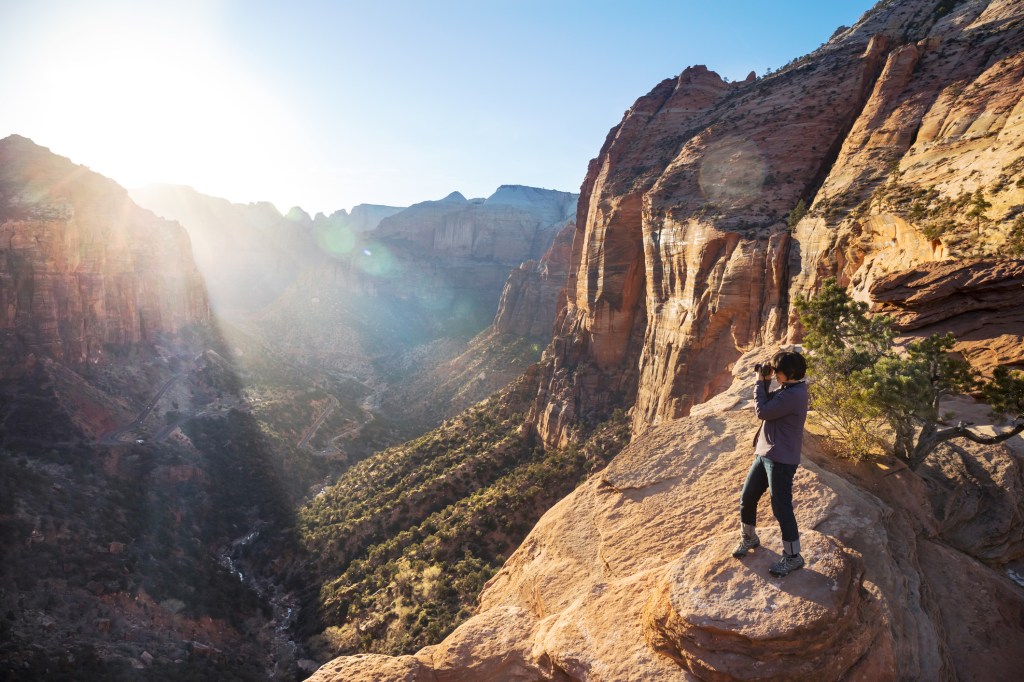
Flying aerial drones at National Park Service sites is prohibited. Also, certain types of photography or videography require a permit, so make sure to review the NPS rules if you require special access, have a lot of equipment or are shooting for commercial reasons. But if you’re shooting on your smartphone or other compact camera, snap away.
“If you’re a visitor recording your experience, you’re not using lights and tripods, it’s fine to go ahead and shoot,” Kupper says. “Permits are required if you need to be escorted to a particular area or if you have a larger footprint that will impact [the park].”
5. Kids can become rangers for a day
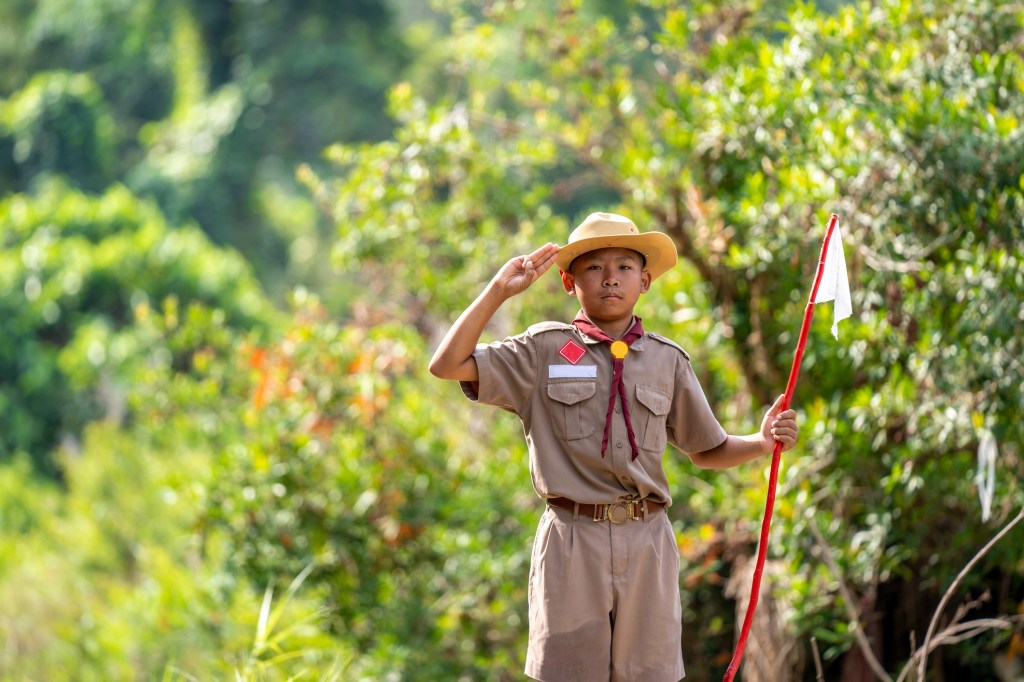
A visit to a national park can be a life-changing learning experience for the younger members of the family. The Junior Ranger program helps children learn about America’s natural beauty and historical legacy by completing activities in a workbook, which they can get at the visitor center. When children complete the tasks, present their work to a ranger, and take an oath, they earn a Junior Ranger patch and certificate.
“If the child is up for it, they will make the announcement on the P.A. system at the visitor center, and people will gather around and [the child raises their hand] and takes the Junior Ranger pledge,” Kupper says. “You can see kids’ vests or their backpacks and they’ll have dozens of junior ranger badges. So it’s a really fun, engaging way to connect young people with their national parks.”
Many parks have site-specific activities while others offer a national focus. Be sure to scope out the NPS website for Junior Ranger activities you can print out bring along at parks without a formal on-the-ground program.
6. The Passport Program is a nerd’s dream
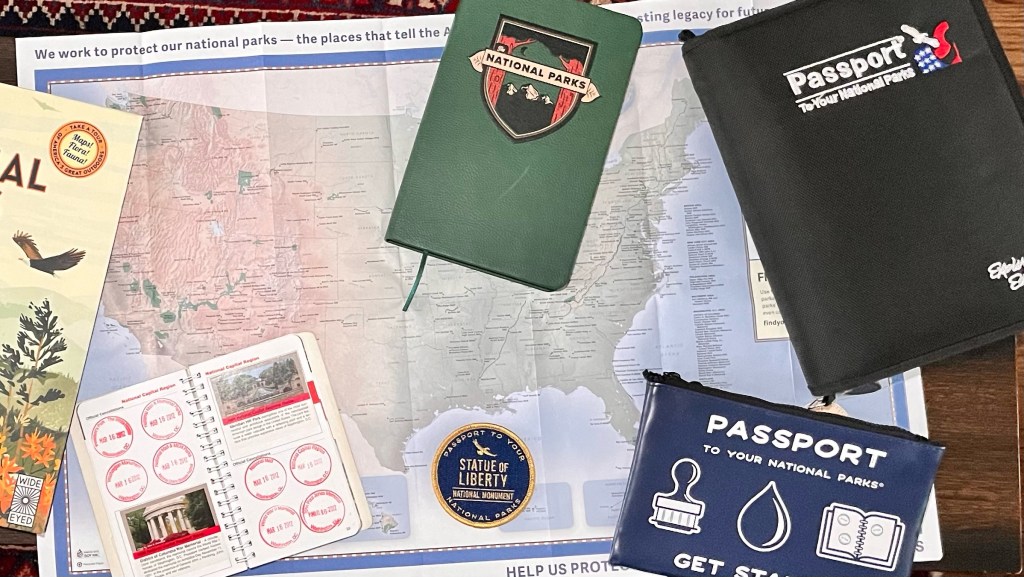
The Passport to Your National Parks program is tailor-made for nerds, geeks and collectors alike. You purchase a booklet or binder in which you collect decals and cancellations representing the NPS sites you visit. The “cancellations” are made with inked rubber stamps and usually include the date of your visit.
Some NPS units, especially the really large ones, have multiple cancellations, so finding and getting every stamp can be a fun challenge—and require return visits over the years.
7. Outdoor preparations are always prudent
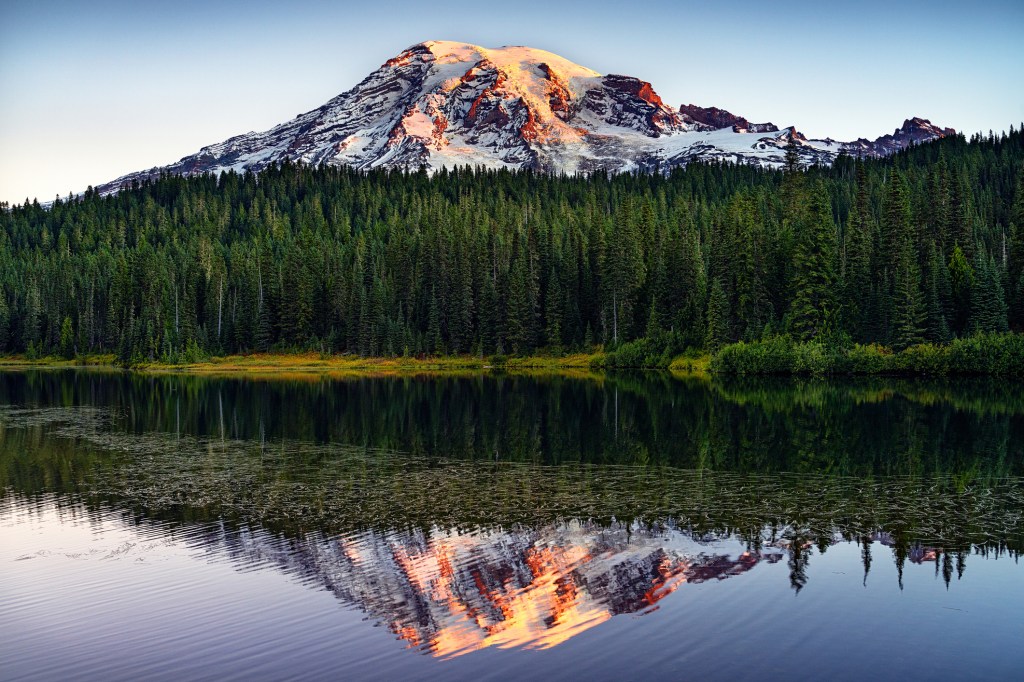
Just because the site is designated a National Park, you can’t assume a visit will be risk-free. No, you probably won’t get lost while exploring Liberty Island in New York Harbor or need a first aid kit when strolling through FDR’s memorial in Washington, D.C. But whether you’re riding a horse in the woods of Morristown, New Jersey, climbing a glacier on Mount Rainier in Washington state or day hiking in the fossil beds in Florissant, Colorado, make sure you come fully prepared for minor and major injuries, unexpected changes in weather, and—most importantly — the minimum requirements of the terrain and activity.
“Plan and prepare so that you know what to expect and always have a backup plan,” Kupper says.
Keep in mind these four alliterative points: hydration, illumination, nutrition and insulation “even if you’re going for a short hike,” she adds.
8. The NPS app is an invaluable resource
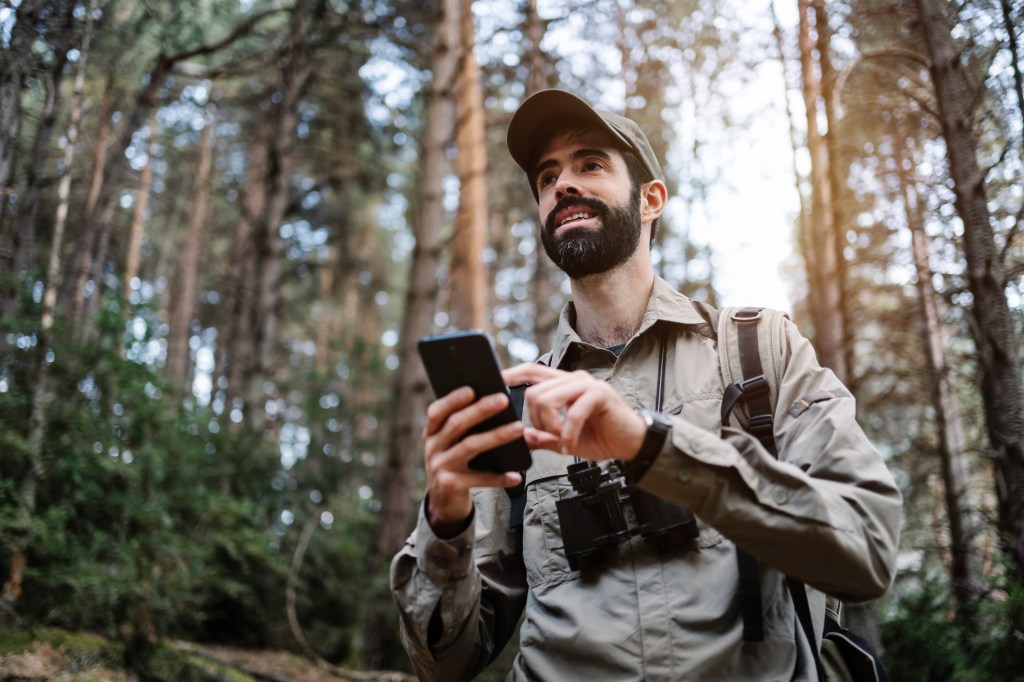
The National Park Service’s mobile app, available for iOS and Android, features detailed information about every NPS unit, including operating hours, applicable fees (if any), events calendars, list of amenities, things to do, directions and alerts.
The app is an extremely useful digital tool for planning your visit and executing that plan. It even helps park nerds find Passport stamp locations!
